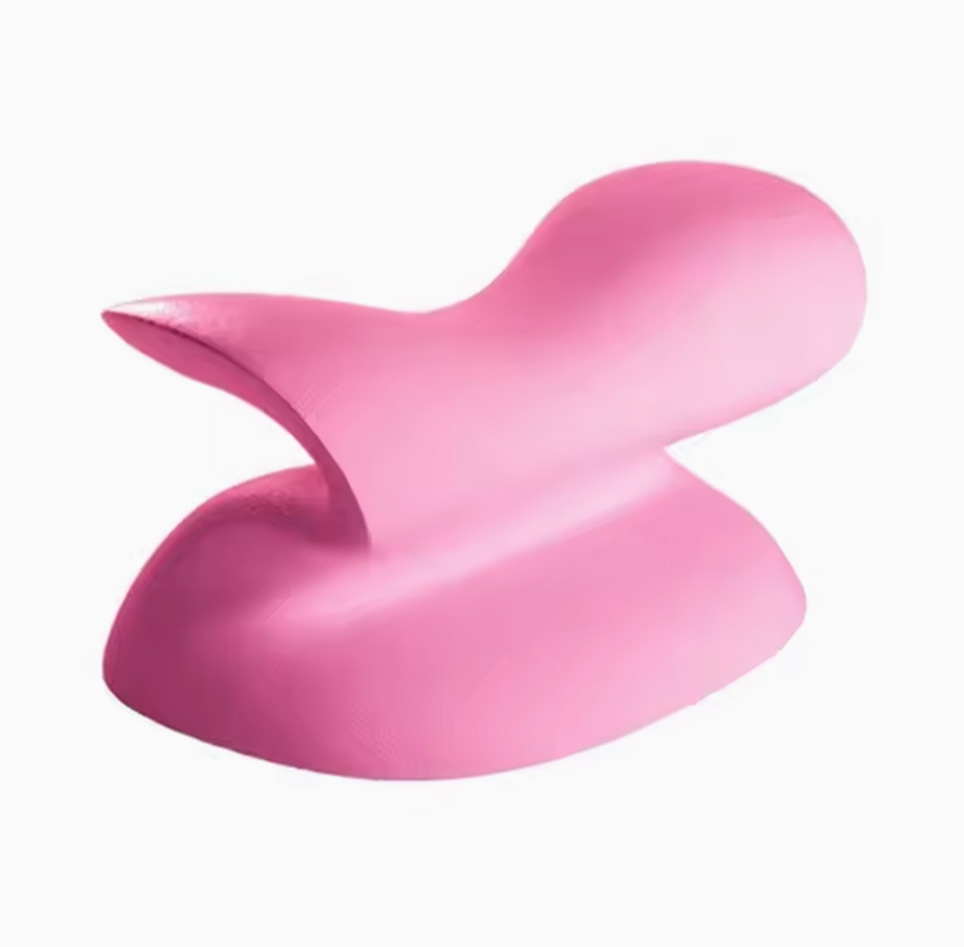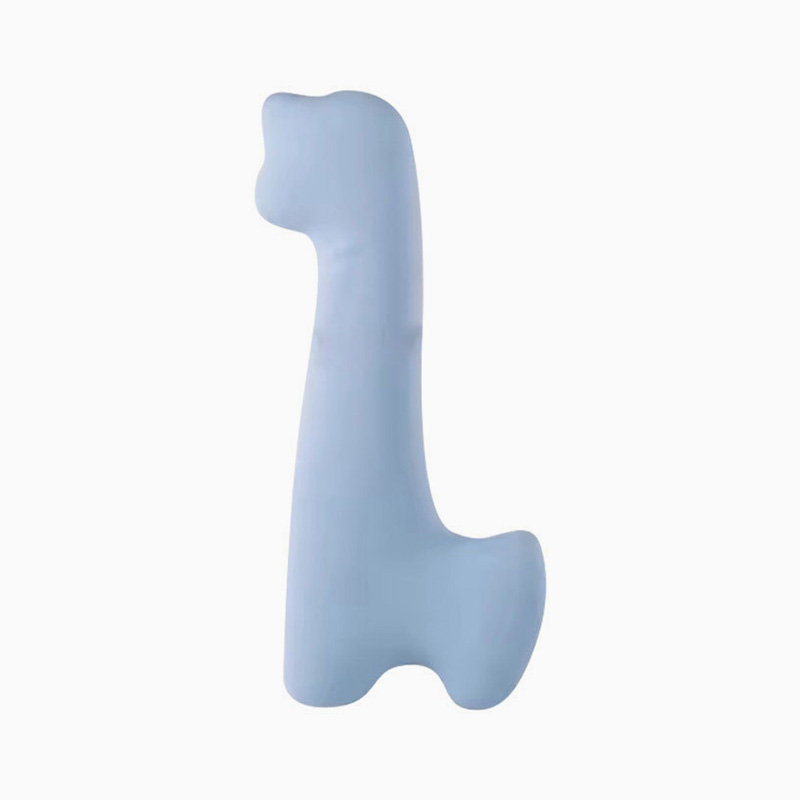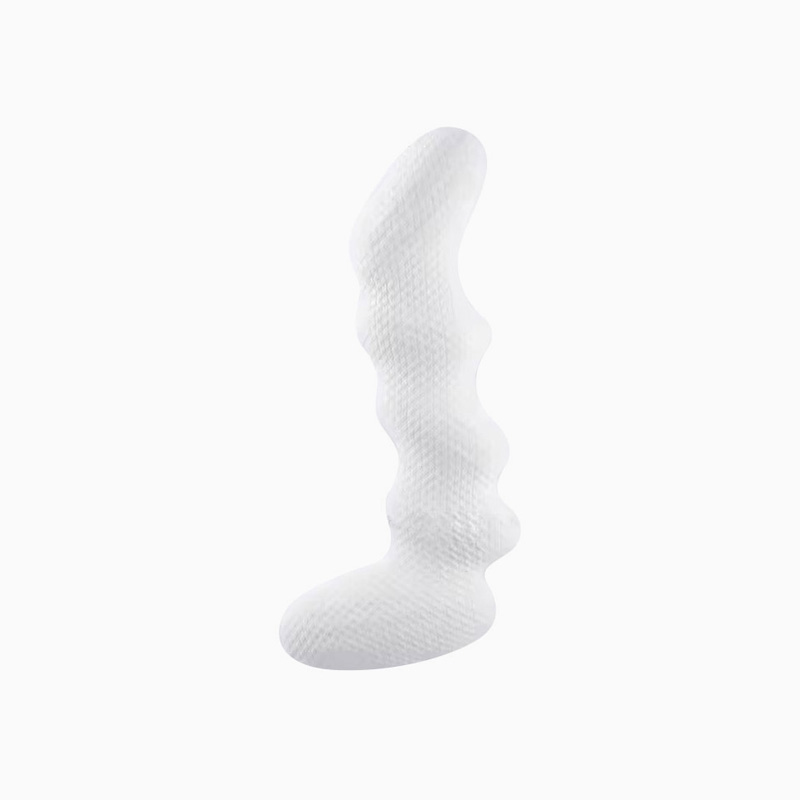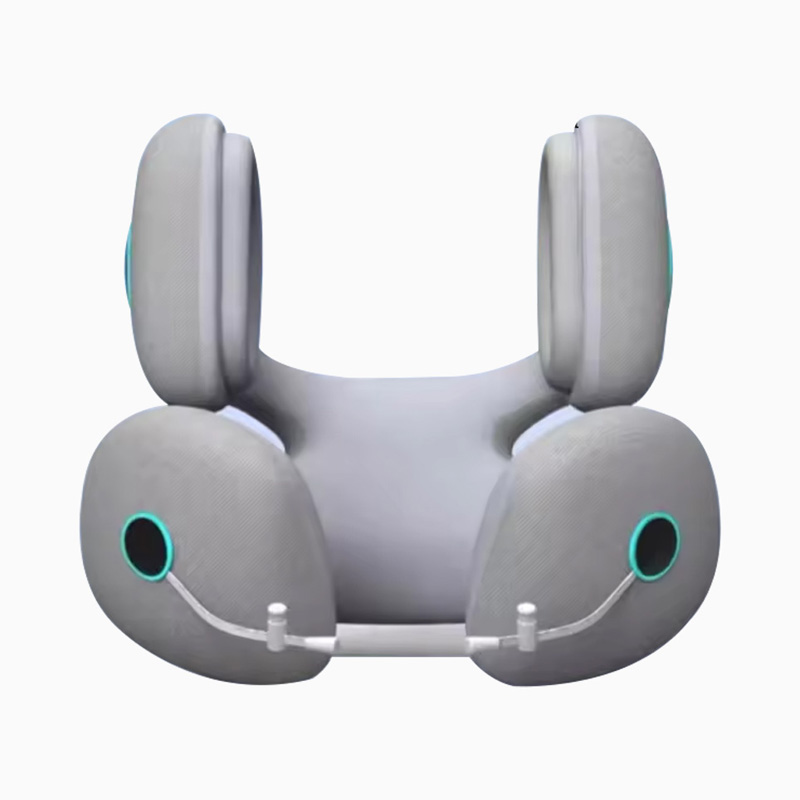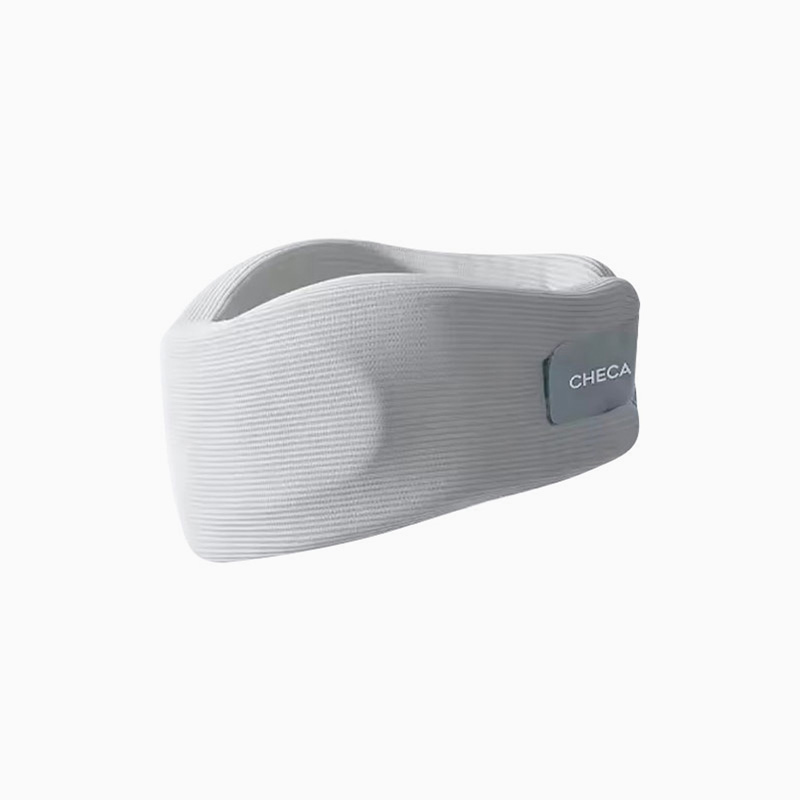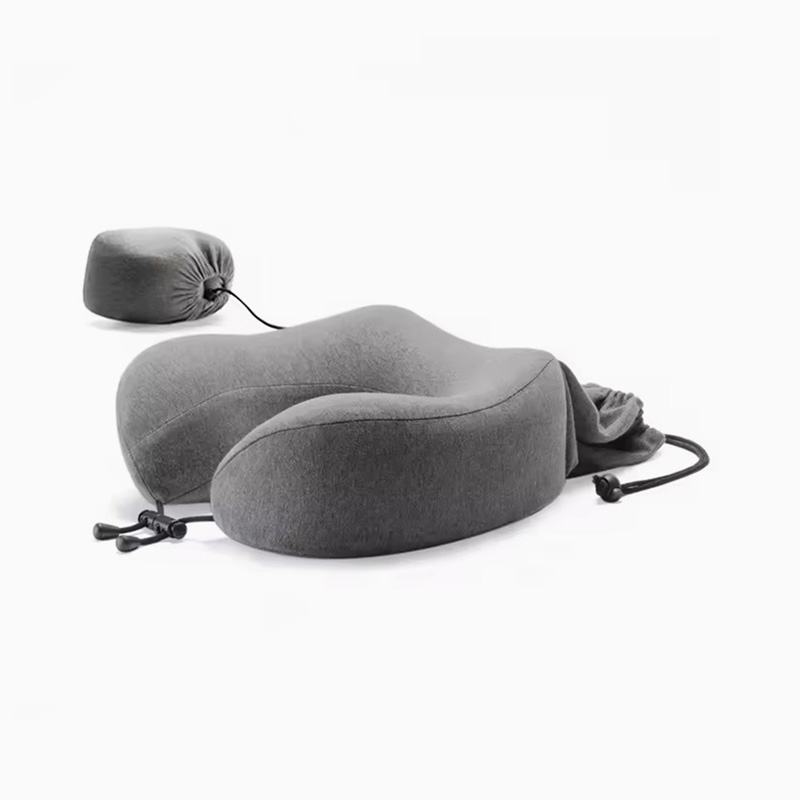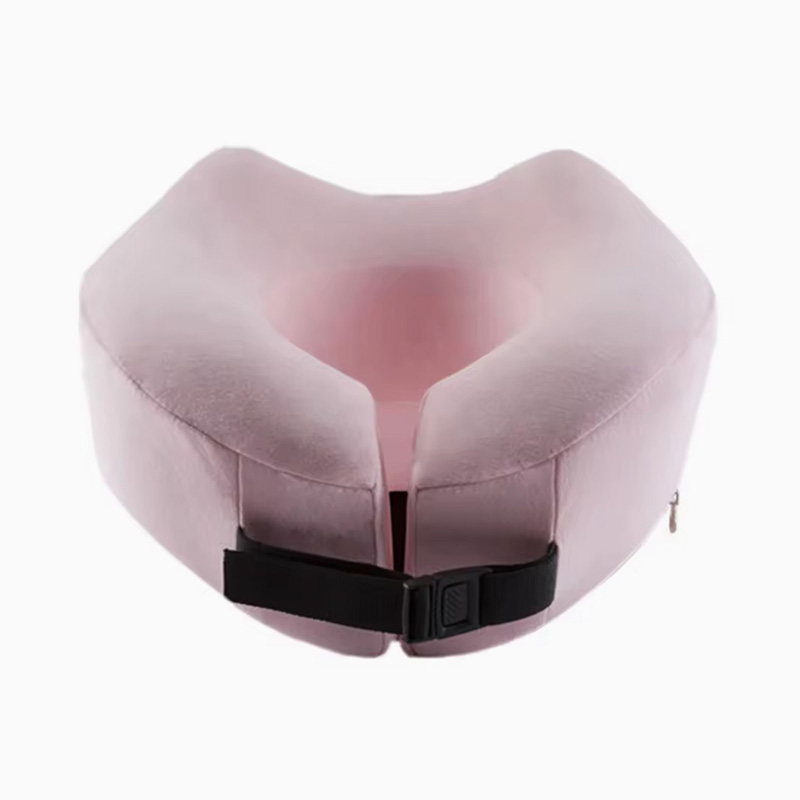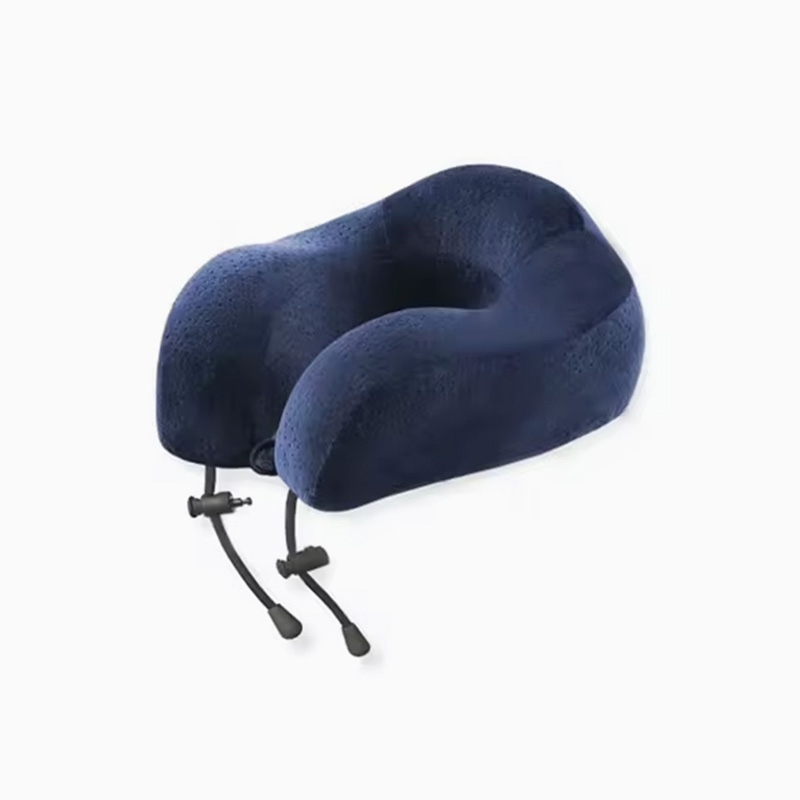Can the Memory Foam Lumbar Cushion adapt to different sitting angles
The Impact of Changing Sitting Angles on Lumbar Curvature
From an ergonomic perspective, the curvature of the lumbar spine (Lumbar Lordosis) changes significantly with changes in the sitting angle between the torso and thighs.
Upright Sitting (90° or slightly greater): In this working or focused posture, the lumbar curvature approaches the S-shape of a natural standing position, requiring a support of moderate thickness and precise shape to fill the gap between the lumbar spine and the chair back.
Reclining and Relaxing Sitting (100° to 135°): When the chair back is tilted back, the pelvis rotates posteriorly, and the lumbar lordosis typically decreases (even becoming straight or arched). The support point and force required for the lumbar spine are adjusted accordingly. If the lumbar cushion is improperly designed and provides excessive support when reclining, it can actually cause lumbar pressure or discomfort.
High-performance Memory Foam Lumbar Cushion must provide sufficient dynamic support to adapt to these changes.
Memory Foam's Core Mechanism: Viscoelasticity and Temperature Sensitivity
Memory Foam's ability to adapt to different sitting angles stems primarily from its unique material properties: viscoelasticity and temperature sensitivity.
1. Viscoelasticity and Deformability
Slow Rebound: Memory Foam's viscoelasticity prevents it from immediately rebounding after sustained pressure, but instead gradually and slowly reshapes itself. This means that whether the user maintains an upright 90-degree sitting position or leans back 120 degrees, the cushion can capture and memorize the subtle contours of the lower back in their current position.
Personalized Adaptation: The cushion's contour is no longer fixed support; it deforms in real time based on the current sitting angle. This ensures that the cushion consistently and fully fills the gaps in the lumbar lordosis area at all angles.
2. Body Temperature Sensitivity and Contact Area
Softening and Conformity: Memory Foam is temperature-sensitive. When the lower back contacts the cushion, body heat causes the foam in the contact area to soften. This softening property allows the cushion to more closely embrace the lumbar curve, especially when reclining and relaxing. This provides wider pressure distribution and avoids excessive pressure from a single support point.
Avoiding Rigid Contact: Traditional hard or high-density foam cushions create rigid contact points when changing sitting angles, potentially causing localized pressure. Memory Foam, however, deforms to even out pressure, ensuring a smooth transition in support.
Enhanced Product Structural Design for Multi-Angle Adaptability
In addition to the inherent material properties, the professional Memory Foam Lumbar Cushion's structural engineering further enhances its adaptability to various sitting angles.
1. Precise Geometric Contour Design
The cushion's initial geometric contour is not a simple arc or flat surface, but a multi-surface contour design based on human lumbar anatomical data. This design features lateral wings on both sides and a core support area in the center.
Side Wing Support Stability: The side wings provide lateral support and posture correction when the user is upright. When the user leans slightly to the side or reclines, the change in side wing support area allows for a smoother transition into the main cushion body, maintaining overall support stability.
2. Balanced Thickness and Compression Ratio
The Lumbar Cushion's thickness and ILD/IFD (Indentation Firmness) are precisely calculated to ensure an ideal compression ratio at various sitting angles.
Upright Work: The cushion provides sufficient initial thickness and firmness to resist gravity and maintain Lumbar Lordosis.
Reclining: When reclining, the backrest is subjected to greater vertical pressure, causing the Memory Foam to compress further, reducing the "forward thrust" of the lumbar support and preventing over-support, resulting in a comfortable "support without pressure" experience. This adaptive thickness adjustment is key to its superiority over fixed back support.

 English
English عربى
عربى previous post
previous post



